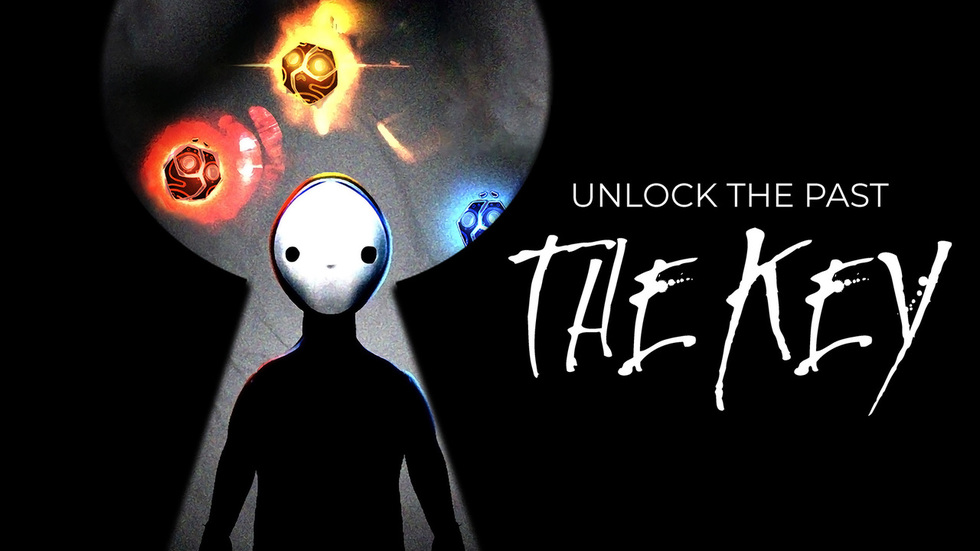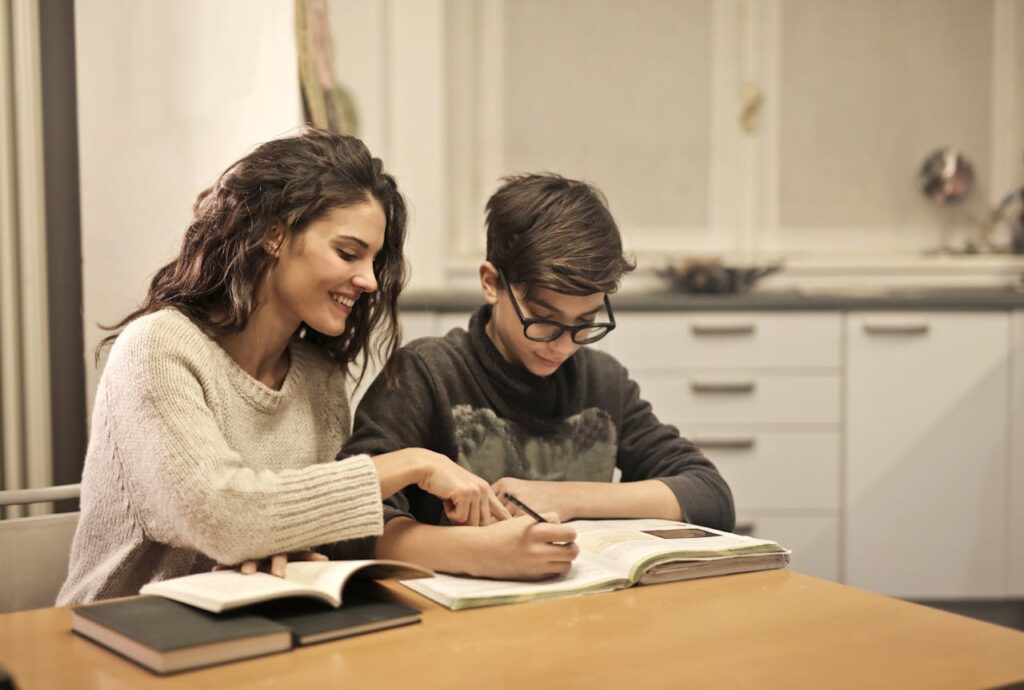

Empathy is a skill that resonates across every aspect of life, from personal relationships to global citizenship. Yet, teaching empathy can be challenging—especially when students have never encountered the realities of those in crisis. One inspiring example is The Key, a remarkable creation that uses metaphorical storytelling to help audiences grasp the profound emotional journey of refugees.

The Key first gained recognition at the Tribeca Film Festival, where it won the festival’s Storyscapes competition. Director Celine Tricart was inspired by the testimonies of refugees holding onto their house keys, even after losing their homes forever. Although these keys cannot unlock any physical door, they symbolize a person’s connection to a life they can no longer return to.
Using a “magical realism” approach, The Key immerses participants in a watercolor-like environment. This gentle, almost dreamlike style guides them through an experience that initially feels distant from the harsh realities of being displaced. But as the narrative unfolds, it becomes clear that the story is deeply rooted in refugees’ emotional truths.
“Most refugees — even though they will never go back home, or their house is destroyed by war or being taken by other people — most of them cannot let go of the key to their house,” Tricart explained.

Empathy isn’t fostered by memorizing definitions; it emerges from feeling and understanding the depth of someone else’s situation. Digital simulations like The Key can provide powerful emotional engagement without subjecting students to the dangers or ethical dilemmas of re-enacting traumatic scenarios in real life.
Although The Key was never intended as a formal educational app—nor does it match a strict curriculum—it could spark meaningful discussions among students. Teachers or parents who guide learners through this immersive story could encourage reflection:
By weaving these discussions into a social studies or literature unit, educators can use The Key as a catalyst for deeper empathy.
One strength of The Key is how it relies on symbolism rather than explicit details. This abstract approach makes the experience more universally relatable. Each participant interprets metaphors—like lunar landscapes and disappearing colors—through their own lens, sparking internal reflection. According to Tricart, the process aims not to teach but to make participants truly “feel.”
Although The Key itself uses virtual immersion to evoke empathy, many educators are discovering broader classroom benefits when employing similar technologies. For instance, simulations can help students:
These emotionally driven experiences can complement STEM labs or any subject where empathy and human connection matter—ultimately enhancing the learning journey in a digital classroom.

Young minds need emotional development alongside academic progress. Exposing them to stories like The Key, under proper guidance, nurtures important skills:
Yet, no teacher wants to distress students with grim realities. This is where interactive storytelling does the heavy lifting—enabling “tasteful” immersion. Learners encounter life-changing scenarios and feel genuine emotions, but remain protected from direct harm.
In a typical classroom, discussing refugees might be confined to a short lecture or a textbook reading. Incorporating a creative experience like The Key allows for:

Today’s world can feel fast-paced and disconnected. Kids might learn about global conflicts or crises purely through news blurbs or online headlines, which seldom convey the emotional depth. Arts-based interactive approaches help children slow down, process feelings, and internalize lessons that stick far longer than facts alone.
At XReady Lab, our primary focus typically revolves around STEM subjects — like VR biology or VR physics—to enrich academic understanding. But we see a huge potential in “virtual experience for empathy.” While advanced math or science topics encourage logical thinking, experiences like The Key encourage emotional intelligence. Balancing both is essential for developing compassionate, well-rounded individuals.
The Key is a profound testament to how storytelling and immersive environments can foster empathy—without subjecting learners to real-world risks. It serves as a gentle yet powerful window into the refugee experience, encouraging viewers to feel rather than just see. Although not a formal educational product, it carries lessons that could easily complement school discussions on empathy, community, and global responsibility.
As educators and parents, we can facilitate deeper reflections after such experiences, bridging the gap between emotional resonance and actionable compassion. In a world where heartbreak and crisis are all too real, harnessing imaginative tools to develop empathy is more important than ever—both for children’s emotional growth and society’s future.
At XReady Lab, we’re always looking for new ways to bring meaningful experiences into educational settings. While The Key might not align neatly with a standard lesson plan, it shows that immersive stories can transform how students understand and connect with real-world issues. By blending imaginative techniques with guided reflection, we can help raise a generation that not only learns effectively but also cares deeply.
Frequently Asked
We prodive VR biology, VR physics, and VR chemistry simulations. Please, check our catalog.
Please, fill the form to get demo labs for free.
Please contact our customer support service at support@xreadylab.com or book a call with the team to find out the conditions and book the VR class set up at your school.
Subscription to XReady Lab interactive VR labs. If you are a school, then you are also given access to the VR classroom system. VR class system helps you easily launch VR lessons for a large number of students, follow the experience of each student, as well as customise the content without developers.
We adhere to the world’s generally accepted recommendations and research. Our products are suitable for children from 12 years old.